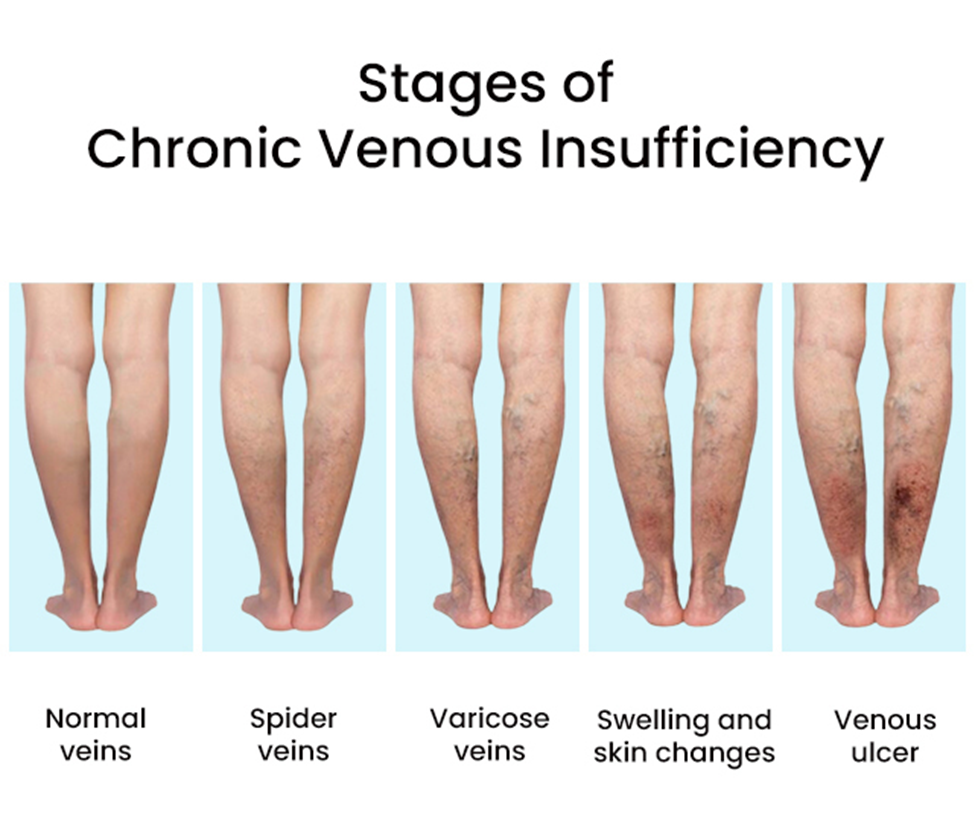A group of student nurses are practicing taking blood pressures. A 56-year-old male student has a blood pressure reading of 146/96 mm Hg. Upon hearing the reading, he exclaims, “My pressure has never been this high. Do you think my doctor will prescribe medication to reduce it?” Which of the following responses by the nursing instructor would be best?
“A single elevated blood pressure does not confirm hypertension. A diagnosis of hypertension requires two or more elevated readings taken by your physician before a diagnosis can be made.”
“We will need to reevaluate your blood pressure because your age places you at high risk for hypertension.”
“Hypertension is prevalent among men: it is fortunate we caught this during your routine examination.”
“You have no need to worry. Your pressure is probably elevated because you are being tested.”
The Correct Answer is A
A. "A single elevated blood pressure does not confirm hypertension. A diagnosis of hypertension requires two or more elevated readings taken by your physician before a diagnosis can be made."
This response emphasizes the need for multiple elevated readings for a diagnosis of hypertension. It educates the individual about the diagnostic criteria and encourages them to seek further evaluation from their physician.
B. "We will need to reevaluate your blood pressure because your age places you at high risk for hypertension."
This response might be seen as implying that age alone is a significant factor in determining hypertension, which may not be accurate. While age is a risk factor, the emphasis should be on the need for multiple readings and a physician's evaluation rather than attributing it solely to age.
C. "Hypertension is prevalent among men: it is fortunate we caught this during your routine examination."
This response suggests that the elevated blood pressure is automatically assumed to be hypertension based on gender. It is important to avoid making assumptions and instead focus on the need for proper evaluation and multiple readings for a hypertension diagnosis.
D. "You have no need to worry. Your pressure is probably elevated because you are being tested."
This response dismisses the individual's concerns and attributes the elevated blood pressure solely to the testing situation. While stress or anxiety can influence blood pressure readings, it's essential to address the need for further evaluation and not completely disregard the possibility of hypertension.
Nursing Test Bank
Naxlex Comprehensive Predictor Exams
Related Questions
Correct Answer is B
Explanation
A. Intermittent claudication:
Intermittent claudication is more commonly associated with peripheral arterial insufficiency rather than venous insufficiency. It is caused by inadequate blood flow to the muscles during activity, resulting in cramping or pain that typically resolves with rest.
B. Brownish discoloration to the legs:
Brownish discoloration to the legs, often referred to as hemosiderin staining, is a common finding in peripheral venous insufficiency. It occurs due to the breakdown of red blood cells and the deposition of hemosiderin in the tissues, especially around the ankles.
C. Weak or absent pedal pulses:
Weak or absent pedal pulses are more indicative of peripheral arterial insufficiency rather than venous insufficiency. Peripheral arterial disease can result in decreased blood flow to the extremities, leading to diminished pulses.
D. Unequal peripheral pulses between extremities:
Unequal peripheral pulses between extremities are also more suggestive of arterial insufficiency. Conditions such as atherosclerosis or arterial embolism can cause variations in pulses between different limbs.

Correct Answer is D
Explanation
A. The client with a history of a myocardial infarction who has a p wave before every QRS complex.
This may indicate a heart block, which requires attention. However, it's not an immediate life-threatening situation.
B. The client diagnosed with heart failure who has bilateral 2+ pitting pedal edema.
Bilateral pitting pedal edema is a sign of fluid overload, which is concerning and requires attention.
C. The client with sinus bradycardia (HR 56/min) that is reporting fatigue.
While bradycardia and fatigue are concerns, they might not be as urgent as the client with fluid overload.
D. The client diagnosed with coronary artery disease who is now reporting new onset of severe indigestion.
New onset of severe indigestion in a client with coronary artery disease raises concern for a potential cardiac event, and this should be addressed promptly.
Whether you are a student looking to ace your exams or a practicing nurse seeking to enhance your expertise , our nursing education contents will empower you with the confidence and competence to make a difference in the lives of patients and become a respected leader in the healthcare field.
Visit Naxlex, invest in your future and unlock endless possibilities with our unparalleled nursing education contents today
Report Wrong Answer on the Current Question
Do you disagree with the answer? If yes, what is your expected answer? Explain.
Kindly be descriptive with the issue you are facing.
